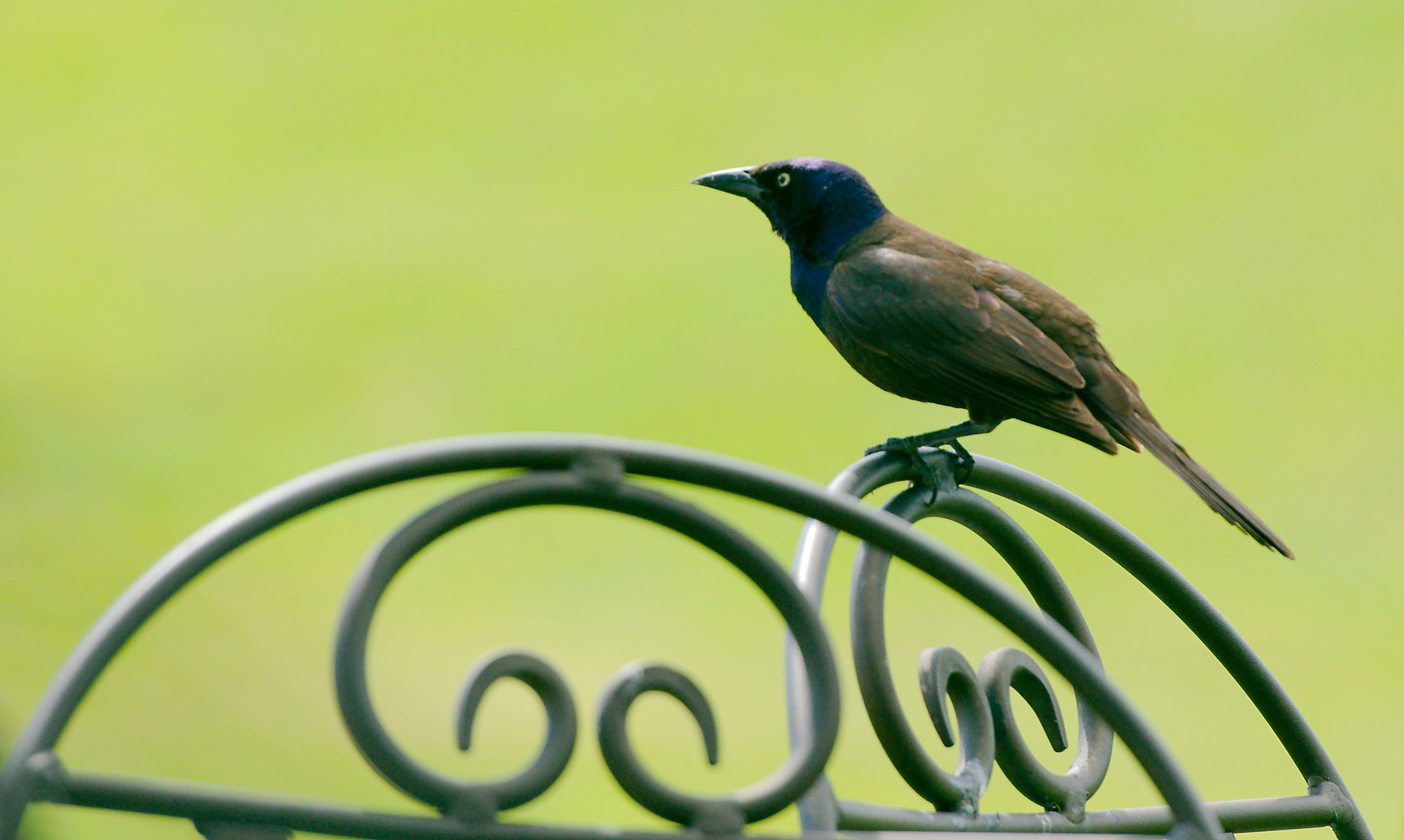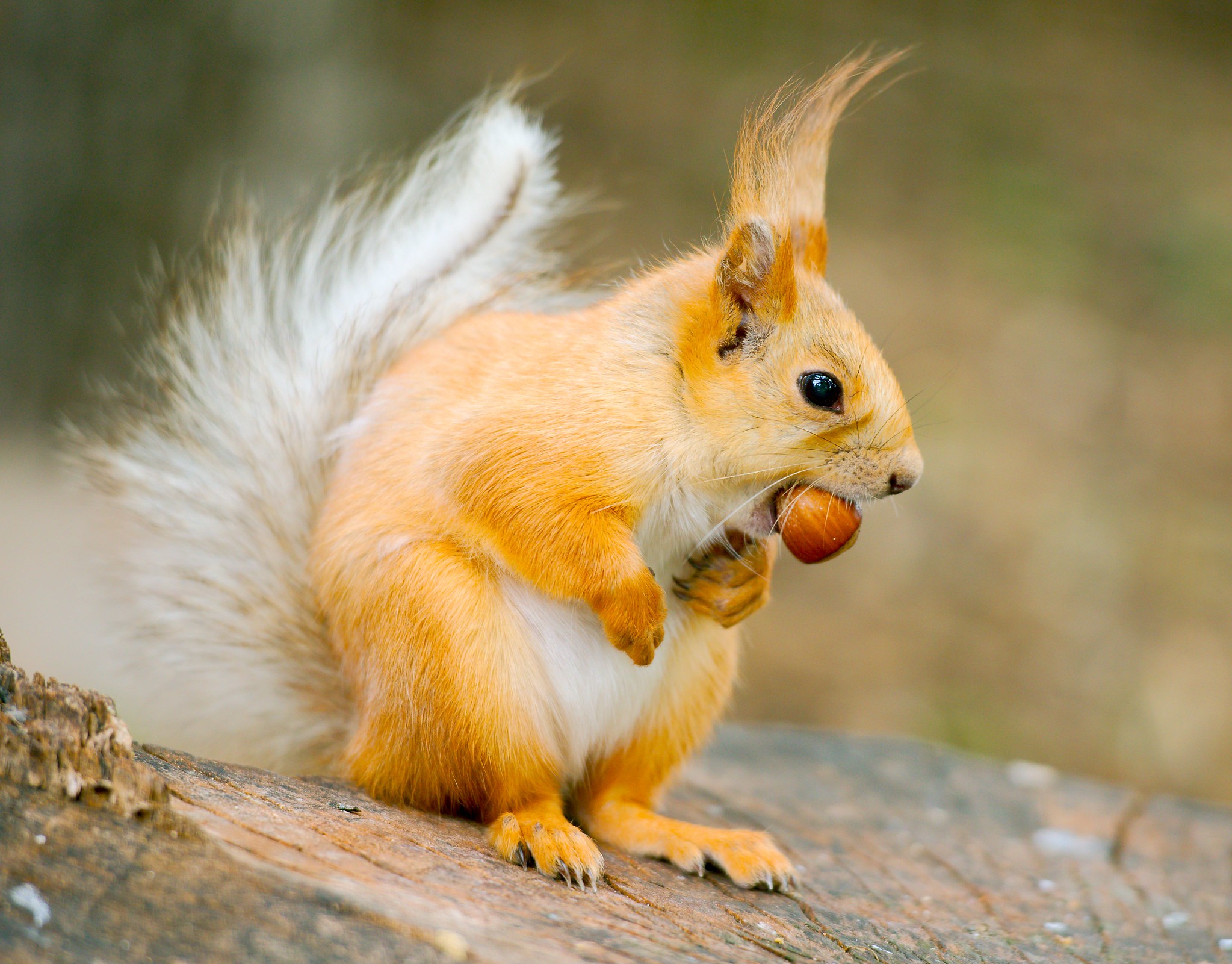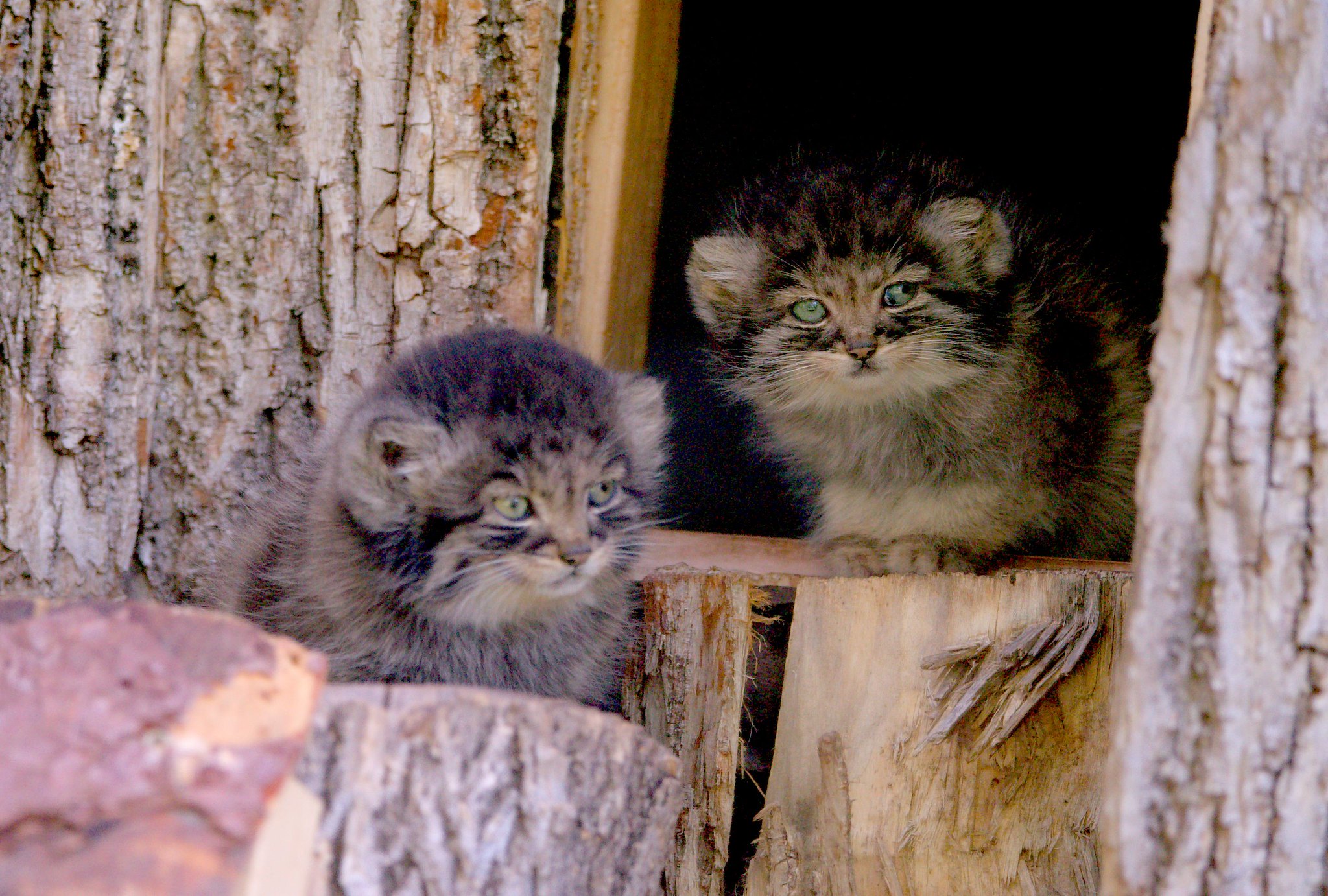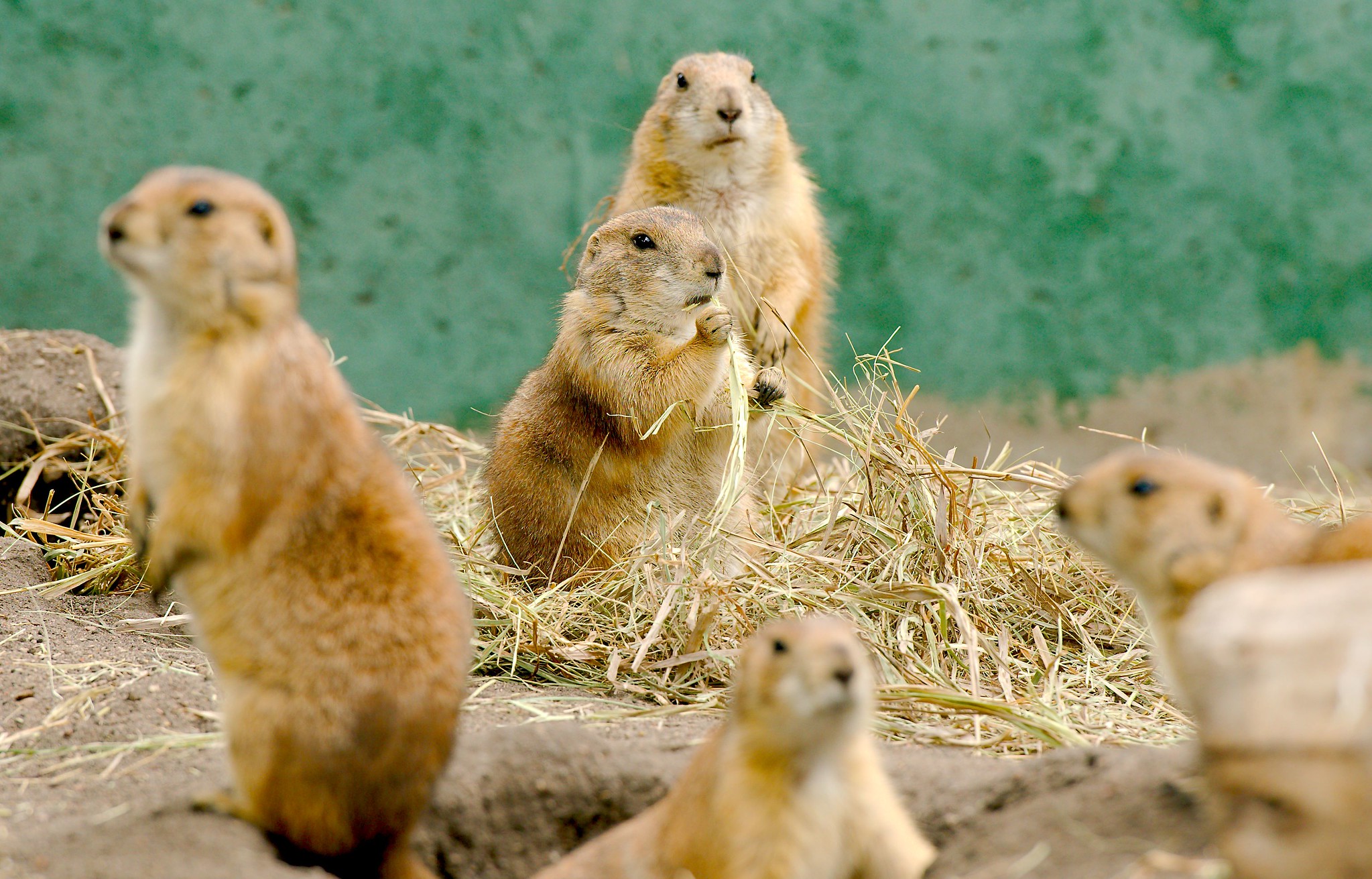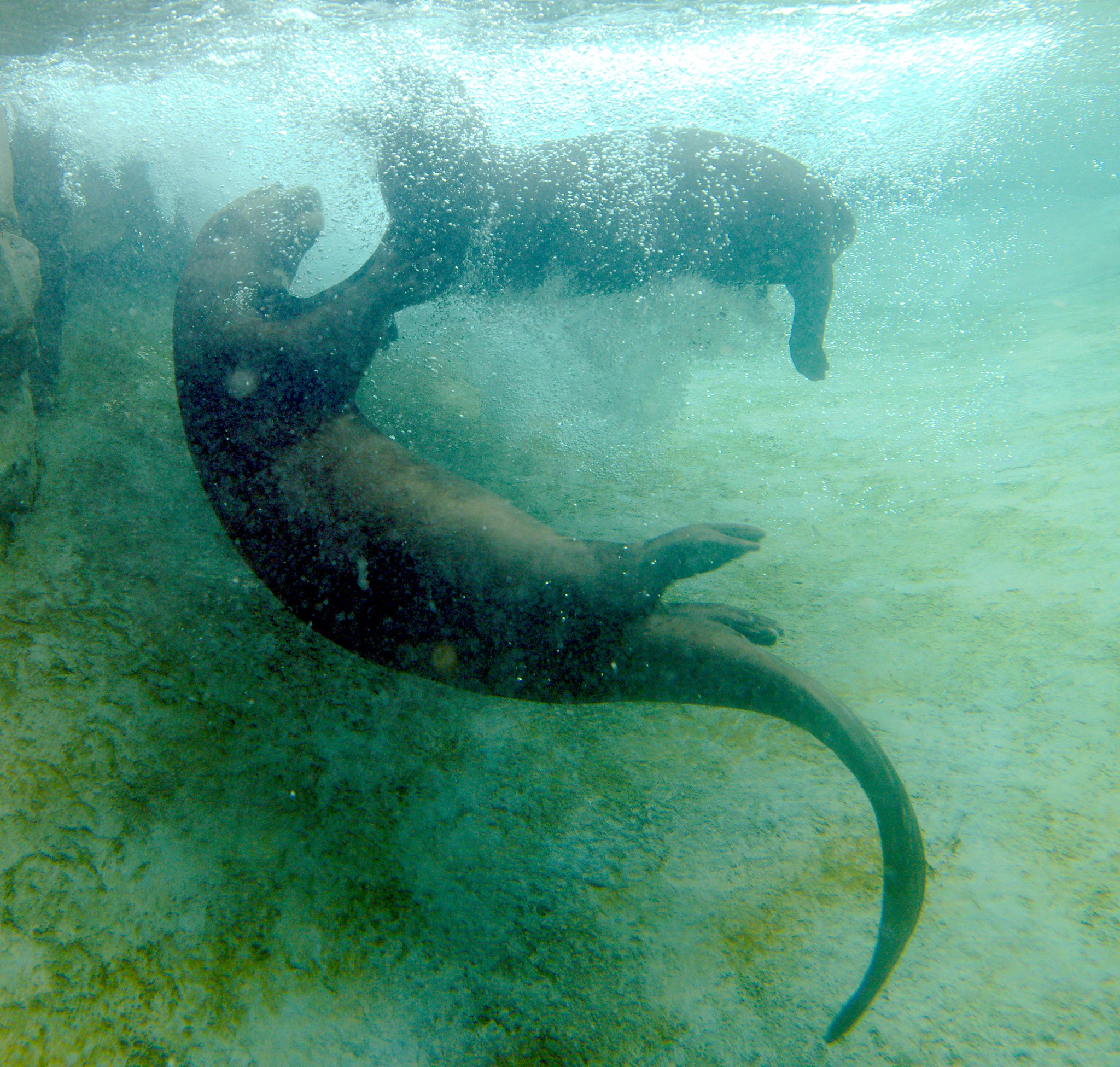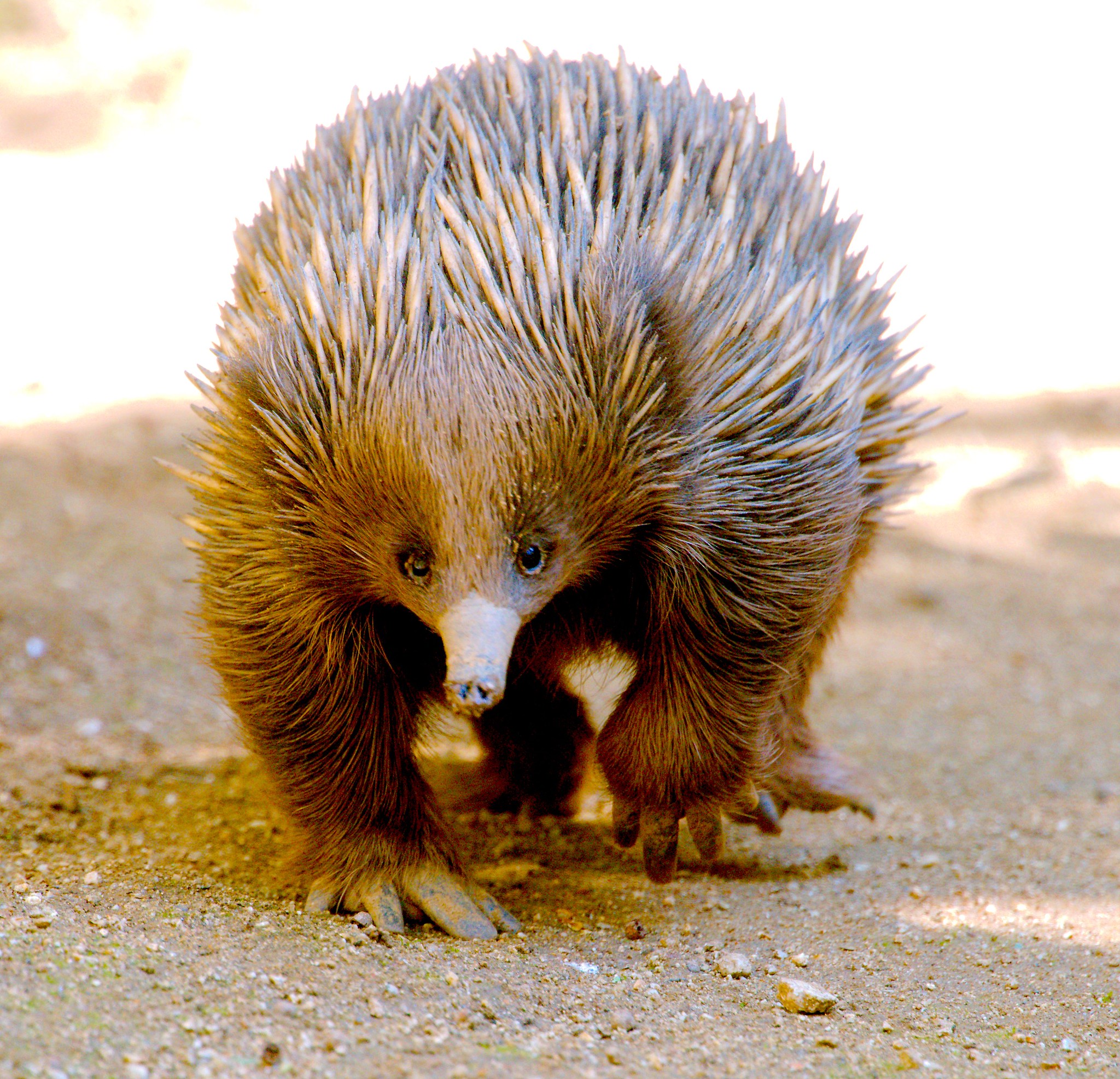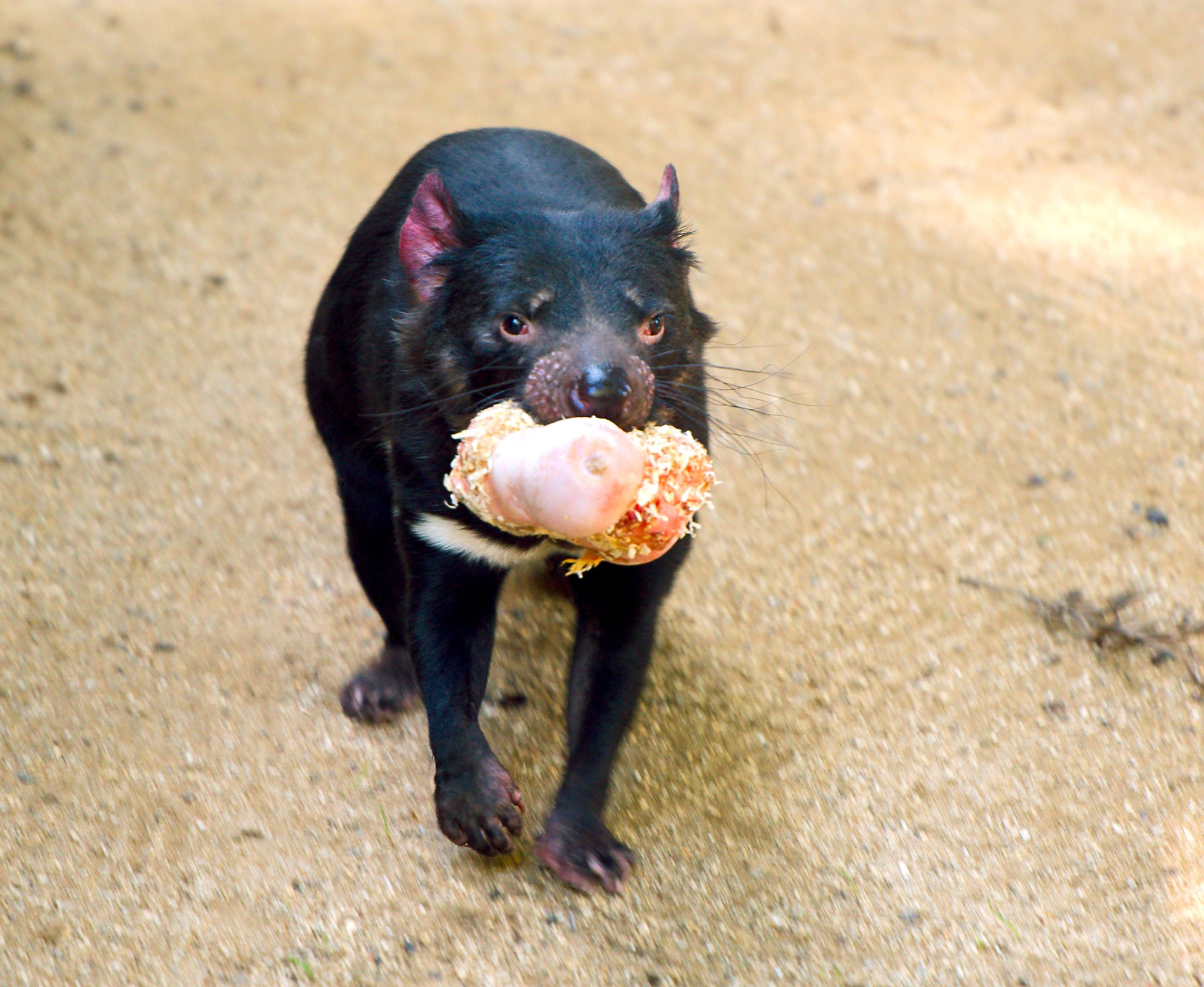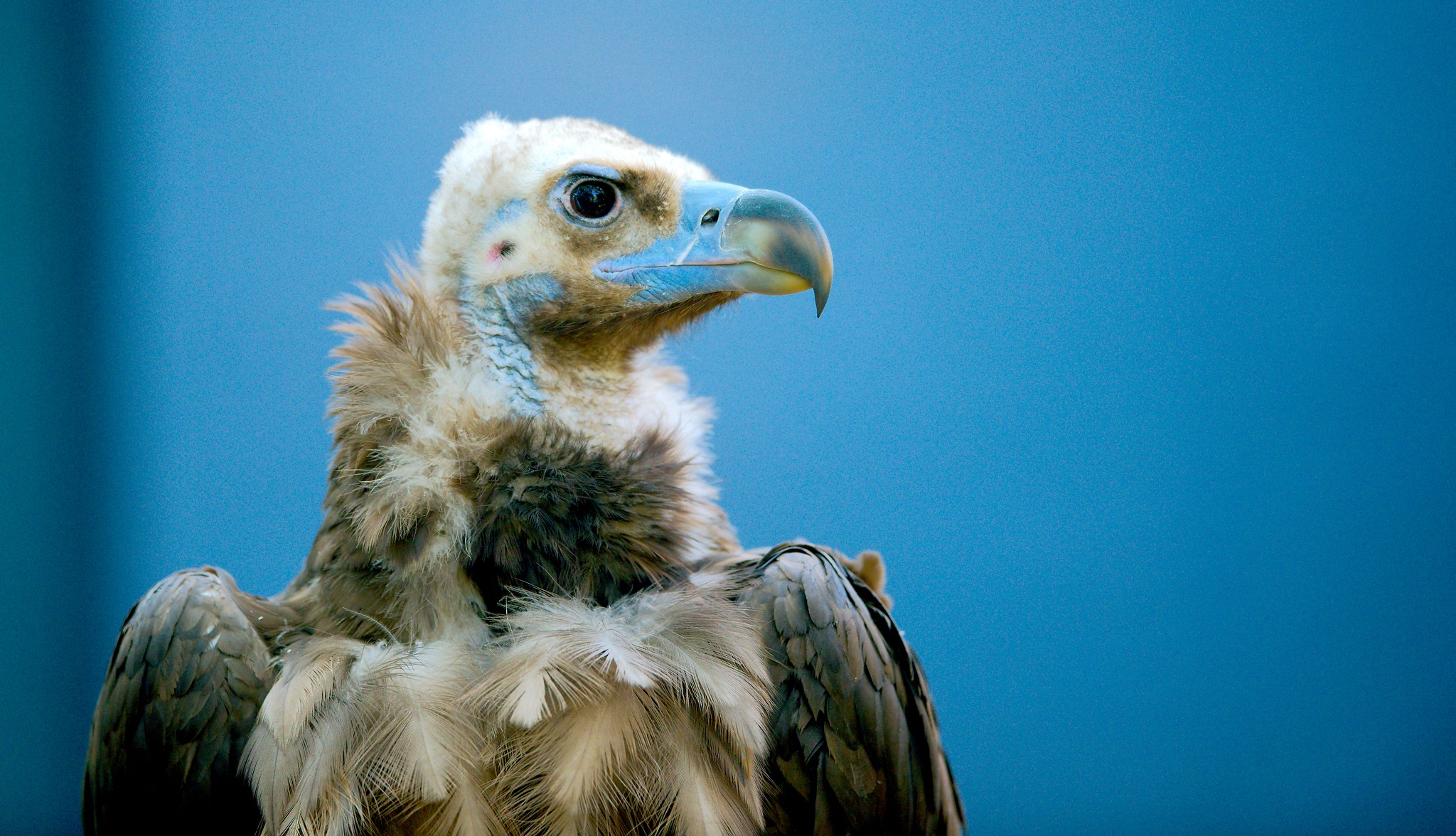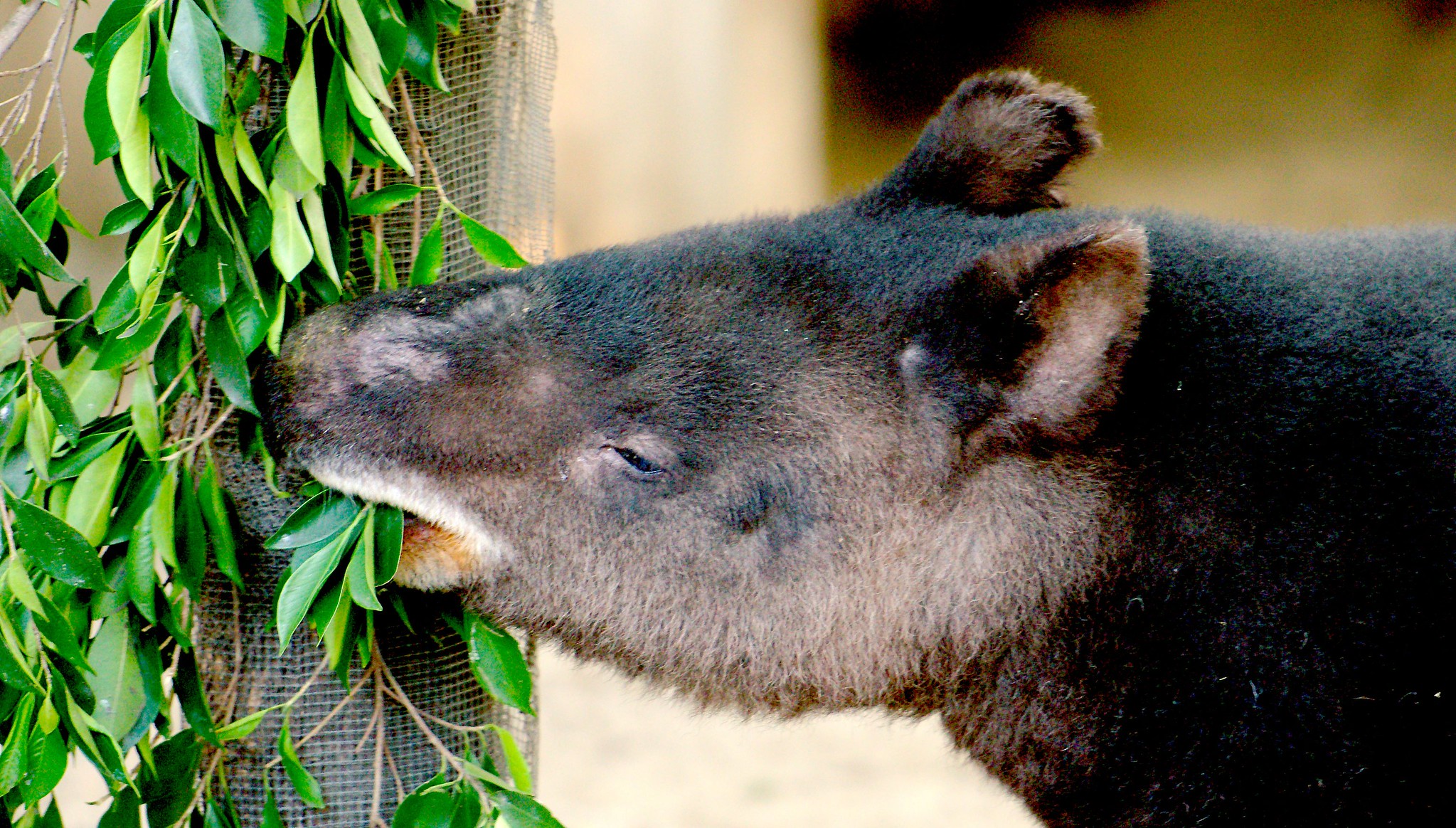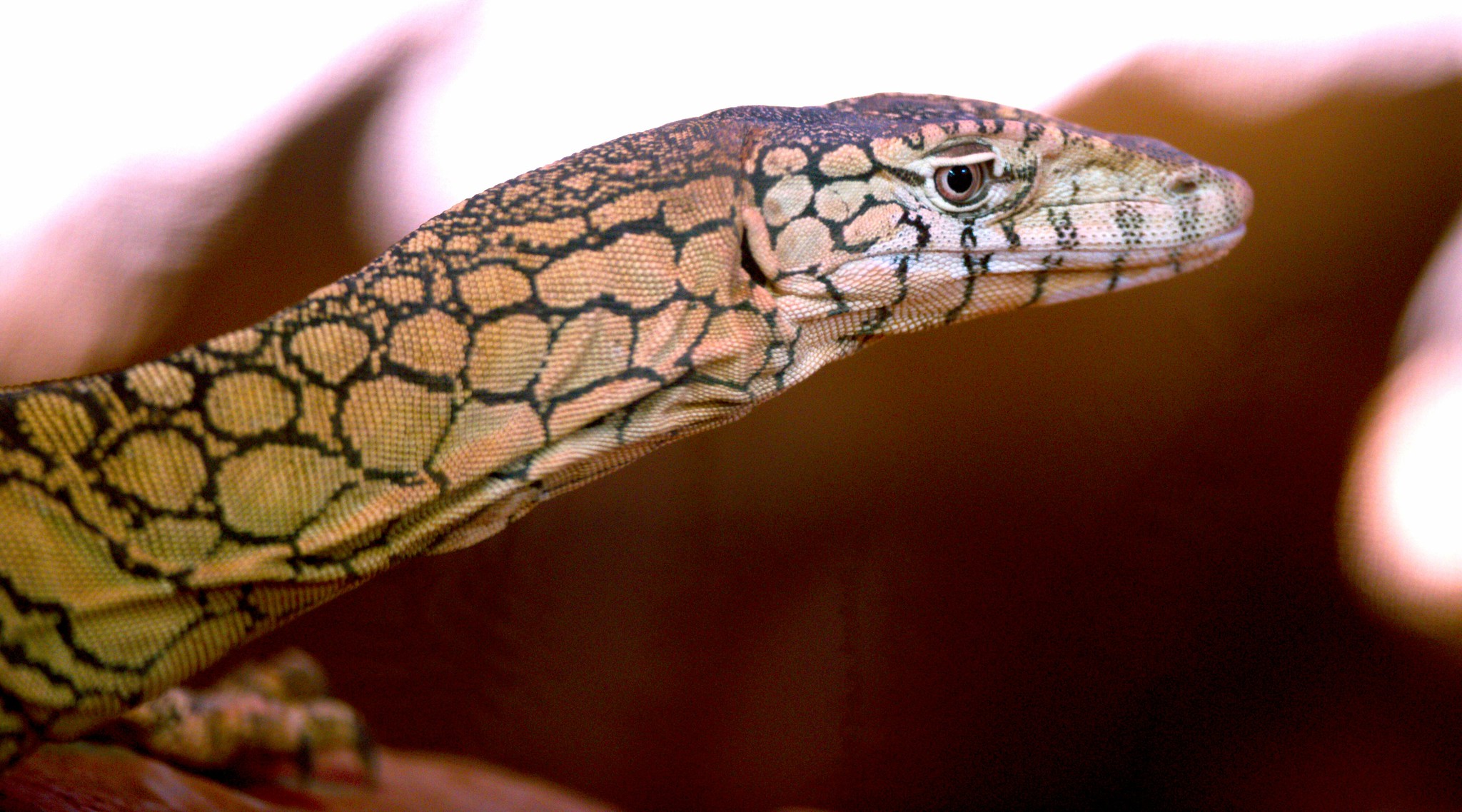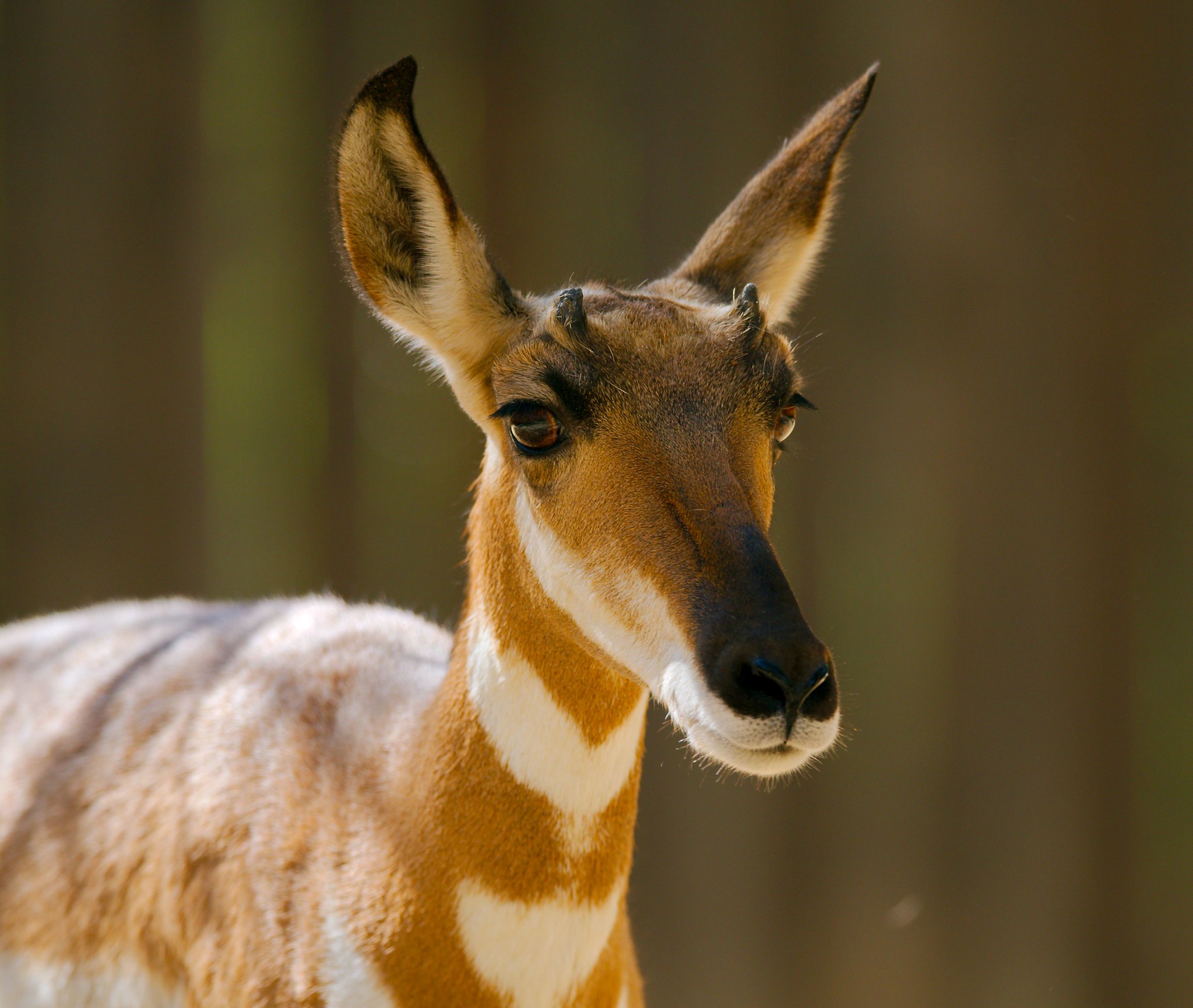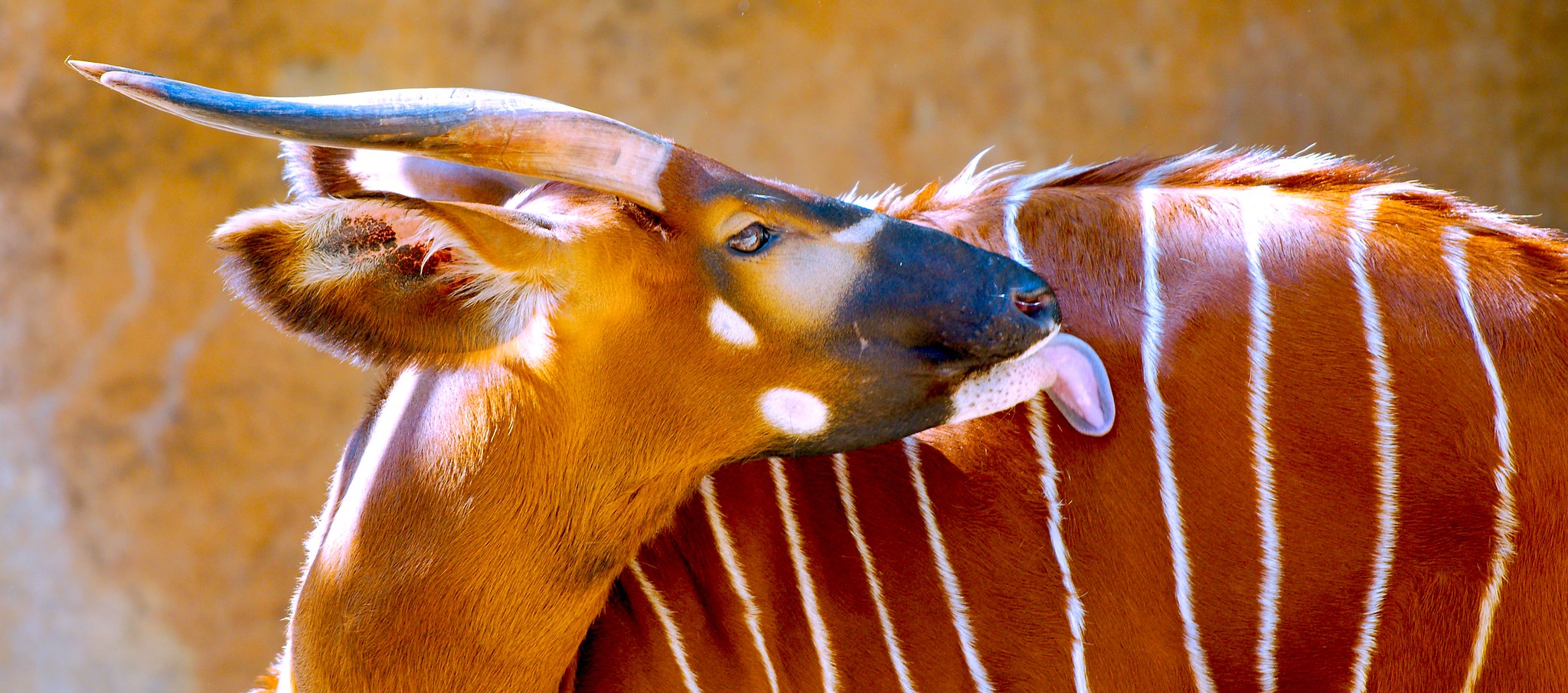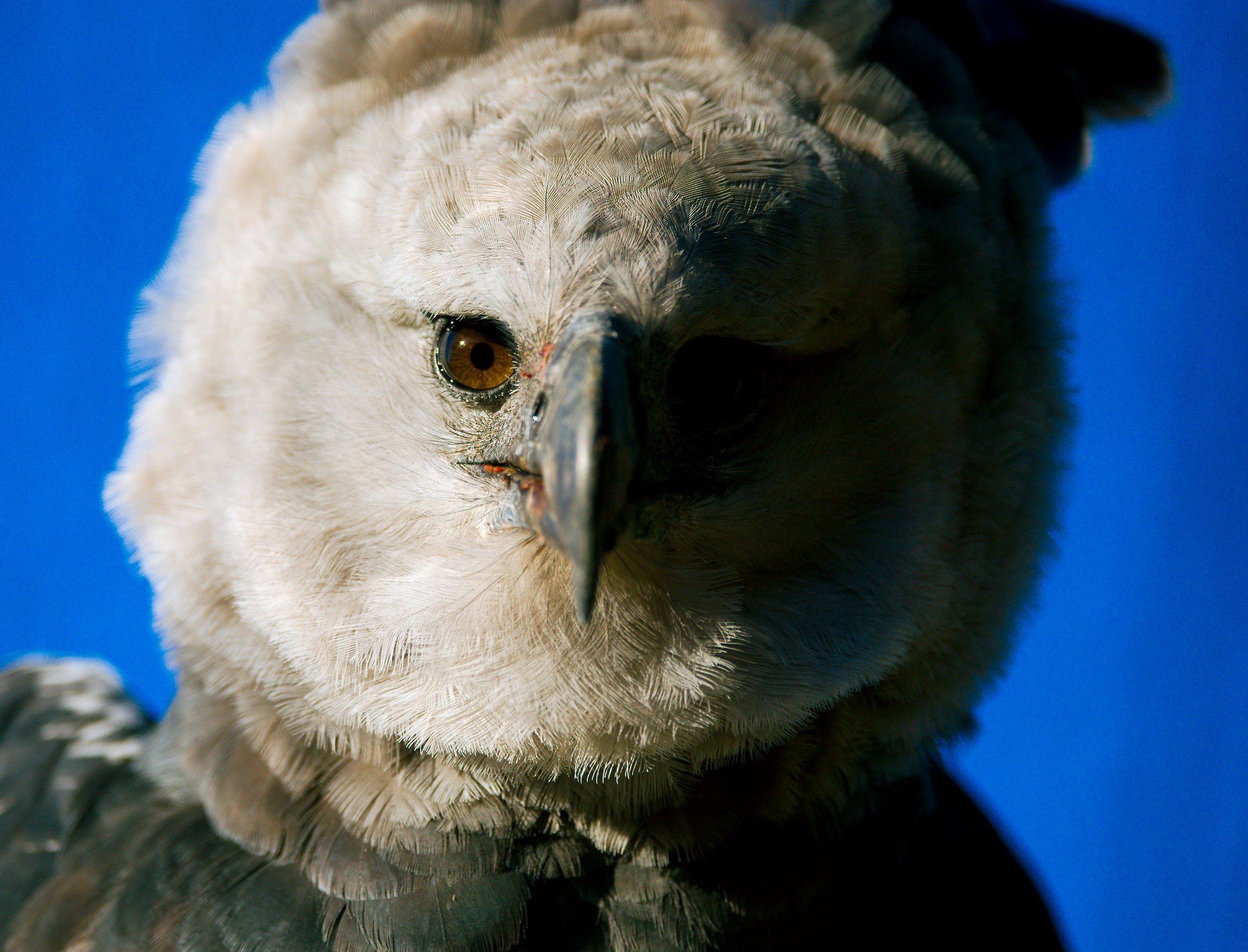Grackle starting to think this isn’t St. Louis after all.
Russian Squirrel
Prairie Dog performing Comedy of Errors
Cow
Pallas Cat
Prairie Dog performing Timon of Athens
Porcupine
Pallas Cat
Meerkat performing Hero and Leander
Giant River Otter
Wombat
The wombat enclosure at the LA Zoo is kept so dark that it is almost impossible to see anything. For those who follow such things, this show was a 1/6 of a second exposure at f/3.3 and ISO 12,800. I am optimistic that my newer experiments with low light photography will allow me to do better the next time I visit.
Dead Tree
Short Nosed Echidna
The echidna is a monotreme like the platypus. They can be found in some zoos but, with them being very nocturnal, it can be very hard to get good photos of them. I lucked out that on this one day, there were two of them just wandering around as if they didn’t know it was daytime.
Now I just need to photograph three more species of echidna and a platypus and I’ll have collected the whole set.
Tasmanian Devil
Cinereous Vulture
Tapir
Perente
Peninsular Pronghorn
The pronghorn is doing fine. This is, however, a sub-species of pronghorn that lives on the Baja California peninsula in Mexico.
It looks almost entirely like the regular pronghorn, from which it has been isolated long enough to start to form its own species. However, this particular breed of pronghorn is down to 150 individuals in the wild. Several zoos are working to species.
But what happens if they fail? If we lose this species, and the Baja area no longer has these “ghosts of the desert”? Will we let them fade into myth, a fading memory that only pops up here and then when someone gets a glimpse of white and tan in the far distance? Will this become their Loch Ness monster, their Bigfoot?
Or will we take some of our existing pronghorn from elsewhere in North America and just plop a herd back in that area? If we did that, would it be the same? For many, yes. Could the transplanted animals thrive? Quite possibly. Would there be any practical difference between letting the current pronghorns die out and just replace them once the land has been repaired? Most would say no.
150 would say yes.
